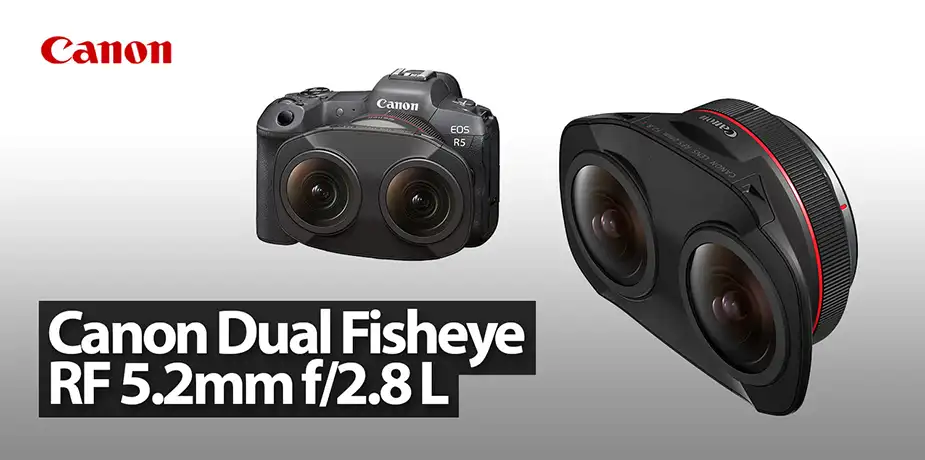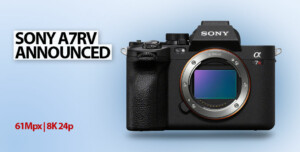I woke up a couple of days ago to a strange-looking lens being featured by Canon USA on Instagram. This was a surprise announcement and launch of Canon’s rather peculiar-looking RF 5.2mm f/2.8 L Dual Fisheye Lens that is tailor-made for the Canon R5 camera. There aren’t many sample images out in the wild as yet, so let’s see what information we can find out about it, shall we?
Canon EOS VR System – A New Paradigm in VR capture
Canon says that this is the world’s first “digital interchangeable lens that can capture stereoscopic 3D 180° VR imagery to a single image sensor”. The lens is tuned towards producing VR images and video in either standard or Stereoscopic 3D formats to be viewed on VR headsets like the Oculus Quest, Valve Index etc., but mentions the Oculus Quest 2 in particular.
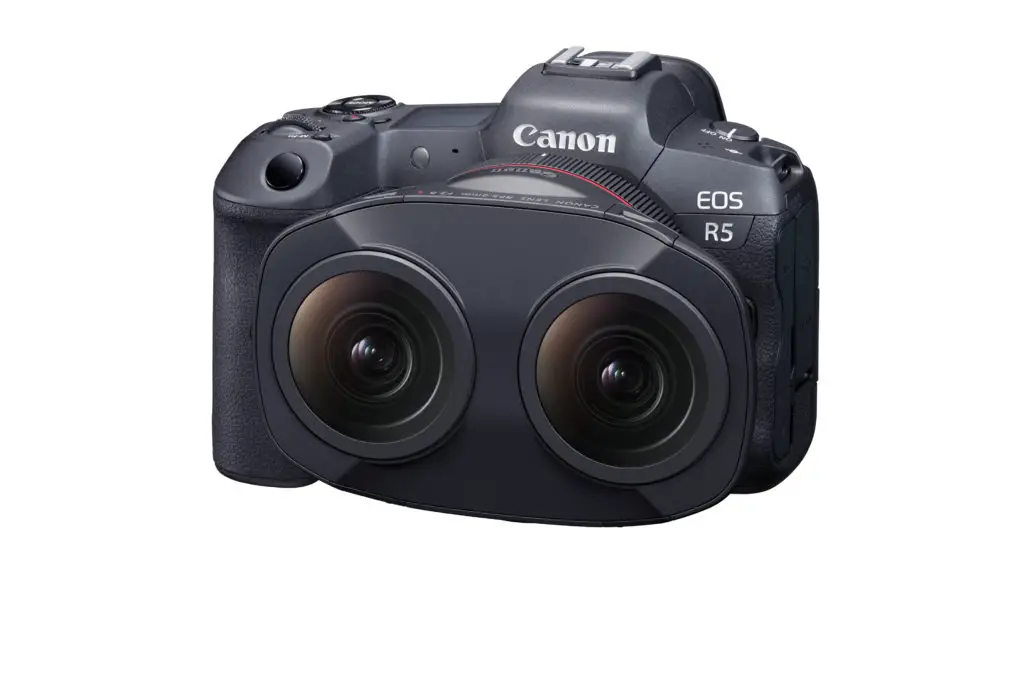
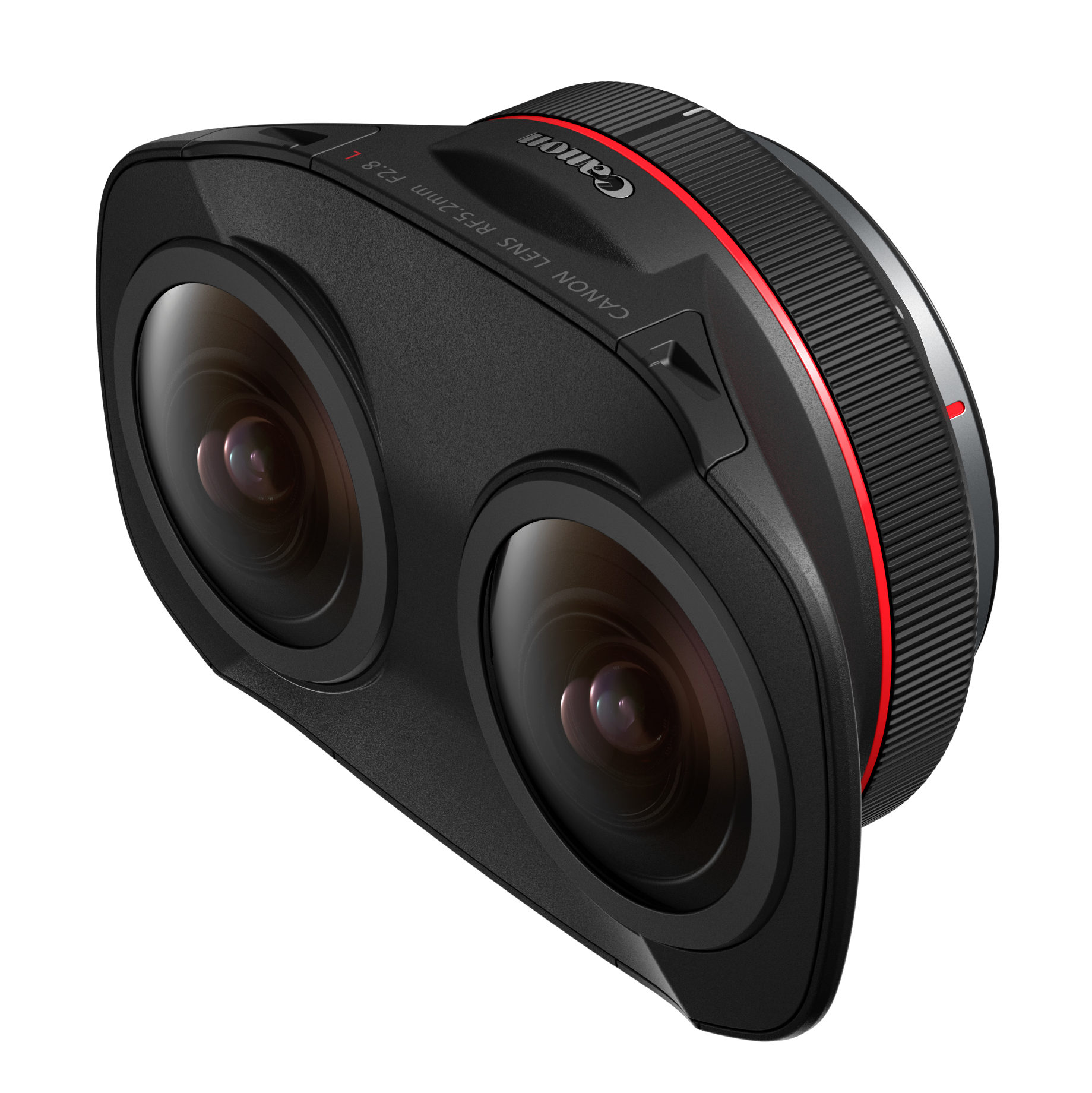
Being a lens that is intended for use with a single camera gives users a huge advantage in terms of the ability to swiftly capture high-quality footage or images that can then be edited using industry-leading Non-Linear Editing tools like Adobe Premiere Pro via a plugin, or by using Canon’s own yet-to-be-launched subscription-based software tool – EOS VR Utility software.
Dual Fisheye Lens Optical Design
Recording the images created by two separate fisheye lenses onto one sensor eliminates various hassles that are typical when shooting stereoscopic video, where multiple cameras, sensors, lenses, etc have to be aligned, synced, and stitched.
The RF5.2mm Dual Fisheye design allows a single camera to quickly adapt to shooting 3D stereo VR footage on a single sensor, or go back to shooting conventional images with one quick lens switch.
Left and Right Optics
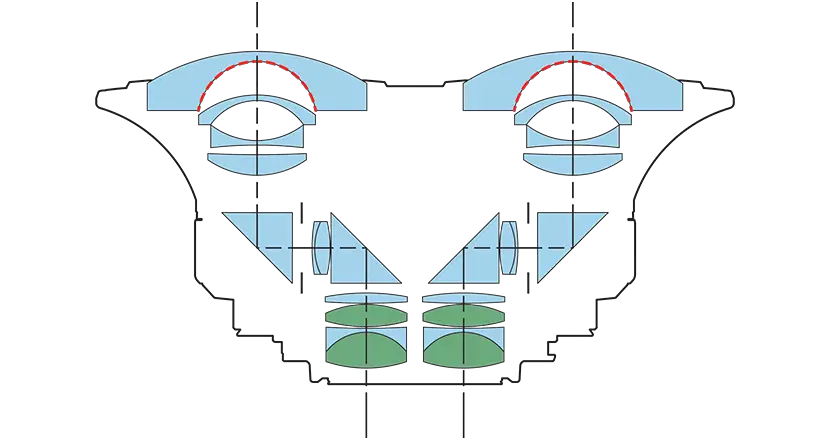
The lens has two optical paths, left and right, for each eye’s viewpoint. They’re separated by a distance of 60mm, and together capture a field of view of 190°. This distance is called the interpupillary Distance and is the distance between the center of the Left and Right Images. Each optical path is brought closer together via prisms, to form separate images on the Camera’s sensor. These are then processed either in Canon’s VR Utility or Canon’s VR Plugin for Premiere Pro, to form the final image.
Challenges in Fisheye Lens Design
There are big challenges to overcome when designing a fisheye lens, let alone two that are part of the same system. Flare, chromatic aberrations, and other lens distortions are only a part of these complex challenges. Canon seems to have thrown its considerable lens design expertise at the problem and the result is a lens that deserves the red ring, and an L in the name.
The lens features a ‘Subwavelength Structure Coating’ (SWC) and ‘Super Spectra Coating’ which decrease ghosting, reflections, and subsequent glare and color-shift. These distortions can easily bring viewers out of an immersive VR experience. The front element features a fluorine coating to prevent oil, water, fingerprints, and other residues from sticking to the lens and allows for quick cleaning of the lens surface without the use of a solvent.
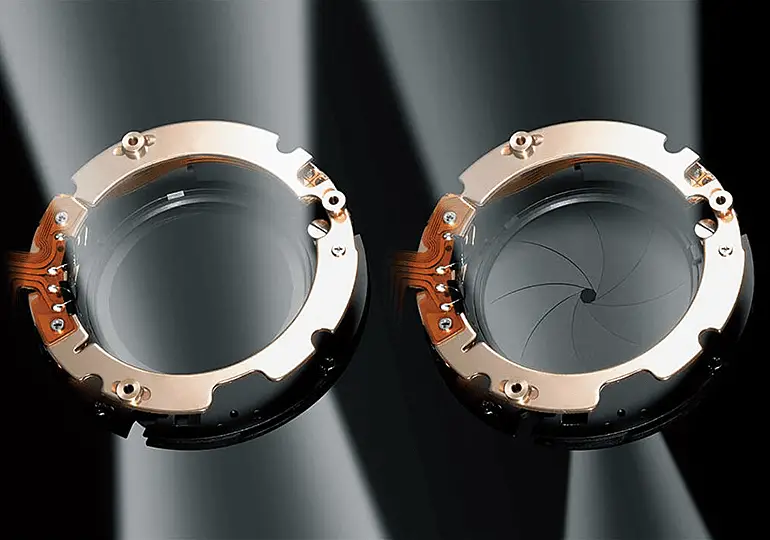
Dual f/2.8 to f/16 Apertures
The lens features entirely separate optical pathways, and as a result needs to have individually positioned, and controlled apertures. These aperture diaphragms are electronically synchronized and controlled to ensure that there is no difference in exposure.
A gel filter holder is provided at the back of the lens (near the camera mount), allowing for gelatin Neutral Density (ND) filters to be used, allowing for slower shutter speeds, and motion blur in the videos you shoot.
Manual Focus
The lens focuses from 20cm onwards but does not allow for autofocus. The wide to narrow aperture range coupled with the fisheye design should give the shooter great flexibility in choosing their focus or using hyperfocal distance to keep almost everything within the frame in sharp focus.
Paired With The Canon EOS R5
The Canon EOS R5 camera will receive an update in its 1.5.0 Firmware which will allow for the lens to be used with it, with the camera processing a rectified version of the image, and providing 6x and 15x zoom options with Focus peaking while zoomed in. This will prove essential for accurate manual focus. The user will be able to switch between Left and Right views with the tap of a button.
Firmware Update and Features
The firmware provides metadata for the software EOS Virtual Reality System to convert the fisheye view into an equirectangular view. The firmware will also make a ‘magic window’ on-screen overlay to assist in framing the central resting position of the default view.
With the 8K resolution of the R5, it will mean that each eye in VR goggles can be shown a 4K image.
Stereoscopic 3D VR Video
The tightly integrated ecosystem of dual lenses as well as the high-resolution sensor makes the VR workflow easier than ever.
Canon EOS VR Utility & EOS VR Plugin for Adobe Premiere Pro
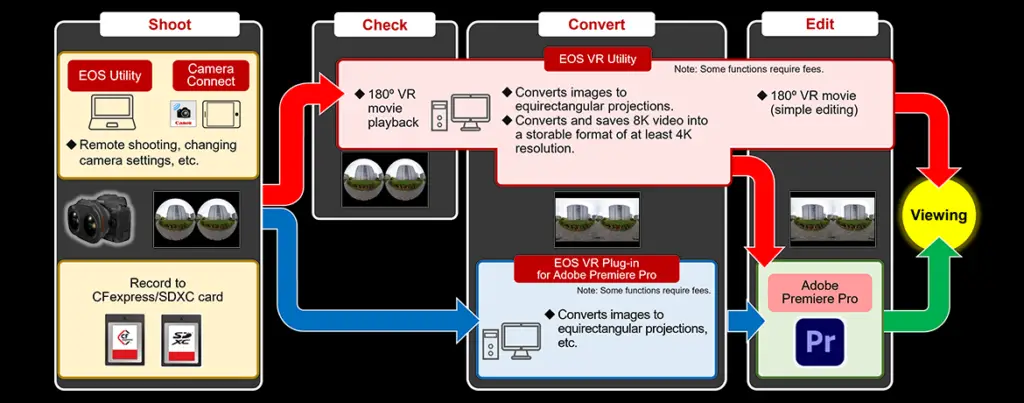
The Canon EOS VR Utility Software is a stand-alone tool that will allow for footage to be converted from dual fisheye to dual equirectangular, or equirectangular format that can be then used in software like Adobe Premiere Pro. There is also the option to use the EOS VR Plugin for Premiere Pro to enable this conversion from right within the Adobe Ecosystem.
Important Technical Specifications
| Specification | Value |
|---|---|
| Focal Length | 5.2mm |
| Interpupillary Distance | 60mm |
| Minimum Focusing Distance | 20cm |
| Angle of View (Diagonal) | 190° 00′ |
| Lens Construction | 12 elements in 10 groups (each lens) |
| Aperture Blades | 7 blades (each lens) |
| Focusing System | Manual Focusing |
| Dual Pixel CMOS AF | Not Supported |
| Manual Focus Peaking | Supported with Compatible Cameras |
| Weight | Approx. 12.4 oz. (350g) |
| Included in the box | RF 5.2mm F2.8 L Dual Fisheye Lens Lens Case LS1014 Lens Cap 5.2 Lens Dust Cap RF Hexagon Wrench |
Build Quality
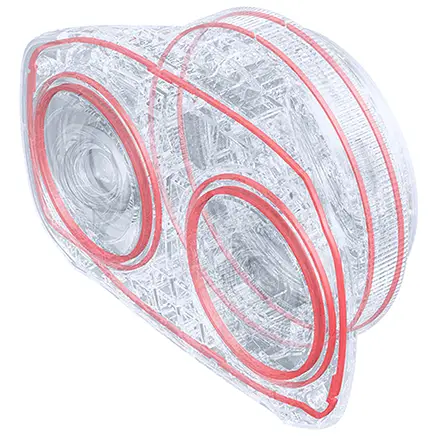
The lens has the coveted L badge and red ring around the font to designate it as such. This means that the camera is dust and weather-sealed, with multiple seals and build quality that brings it all together in one really robust body.
In short, this is a lens that will most likely take quite a bit of abuse and still live to tell the tale.
Availability and Price
The lens is currently in pre-order and is scheduled to be available in late December 2021. It is priced at US$1,999. The standalone EOS VR Utility Software and EOS VR Plugin for Adobe Premiere Pro are still in development and are expected to be available in early 2022 as paid/subscription products.
Video From Canon
Explainer / Demo Video
VR Sample Video Recorded on RF 5.2mm f/2.8 L Dual Fisheye lens and Canon EOS R5 Camera
Photo Credit: Canon
Help Us To Continue Creating
Get our email newsletter to stay up-to-date with our latest posts. It’s easy to read and is mailed once in 2 weeks.
The easiest way to support Beyond Photo Tips is by using our affiliate links when you buy anything at all. It will never cost you anything extra, and we get a small commission from it, which helps us a LOT! We share our recommended equipment list here.
Some of the links to products on this website are affiliate links, and we only ever link out to gear that we recommend.
You could also show your appreciation by buying us a coffee. Finally, we appreciate you being a part of the community, so do say hi!

